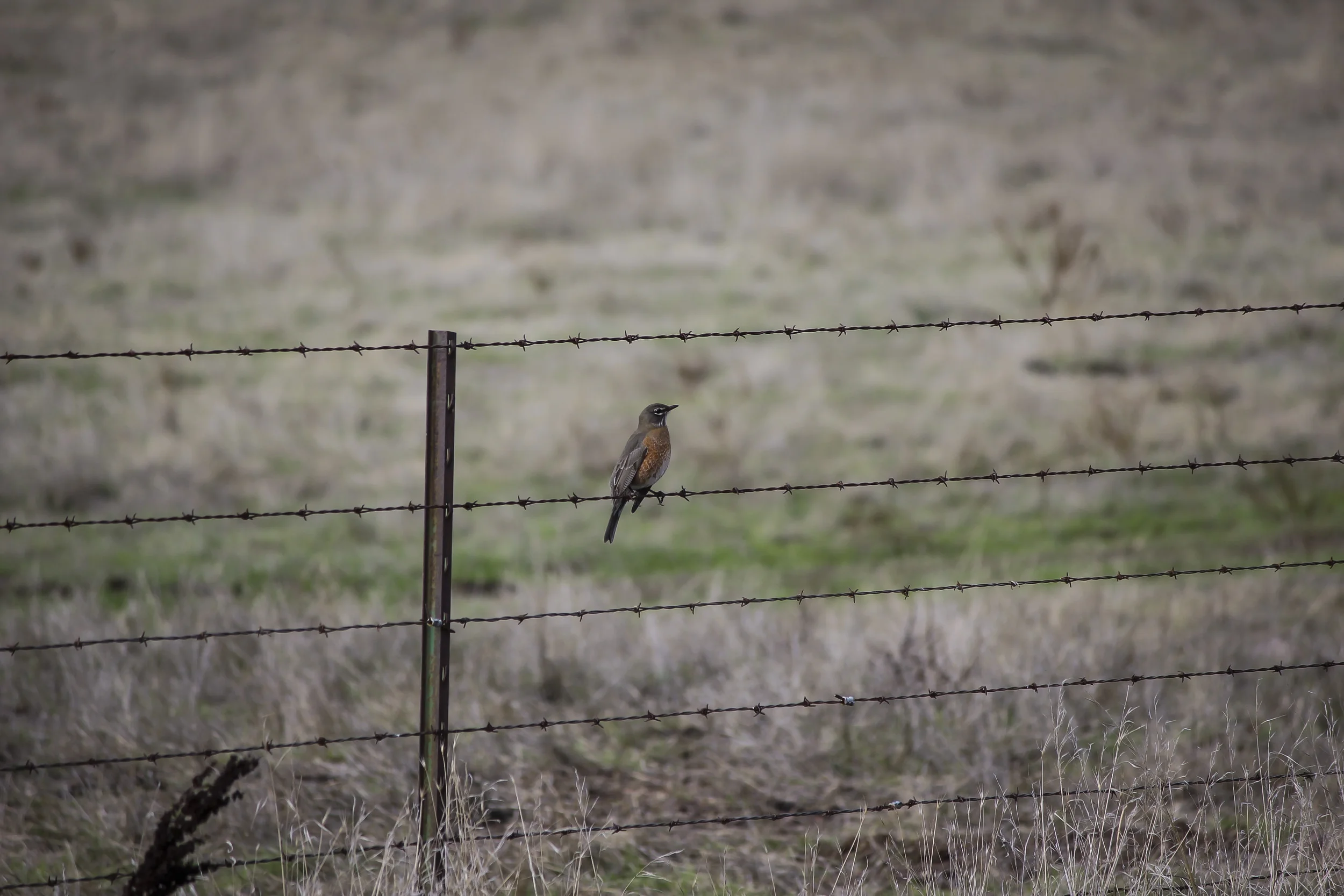California Department of Fish and Wildlife remind the public to leave young wildlife alone - even if they find an animal that appears to be abandoned. Mothers often spend a significant amount of time away from their young while foraging. Do not attempt to intervene and pick up the young animal and remove it from its habitat. Young animals removed from their natural environment typically do not develop the survival skills needed to be released back into the wild. Wild animals, even young ones, can also cause serious injury when scared and transmit diseases to humans, including rabies and tularemia. If you see a young animal that appears to be distressed, contact a wildlife rehabilitation facility.
Foxes and Feces: How Science Saves Species
Researchers at the Smithsonian Conservation Biology Institute’s Center for Conservation Genomics used DNA analysis of San Joaquin kit fox scat to learn more about SJKF population size, distribution, and genetic variation within the Ciervo-Panoche Natural Area of California.
Tejon Ranch Conservancy Announces New President and CEO
The Board of Directors of the Tejon Ranch Conservancy, one of the West's largest and most significant land trusts, announced today that Robert J. Reid is the new president and CEO of the Conservancy.
http://tejonranch.com/tejon-ranch-conservancy-new-president-and-ceo/
Imperiled Foxes on California Islands May Come Off Endangered List
Four endangered subspecies of fox on the northern Channel Islands off the California coast have recovered so well over the past 11 years that the Fish and Wildlife Service is announcing Wednesday that it is starting to consider taking them off the endangered list.
Service Initiates Status Review of Monarch Butterfly under the Endangered Species Act
The U.S. Fish and Wildlife Service today announced it will be conducting a status review of the monarch butterfly under the Endangered Species Act (ESA). The Service has determined that a petition from the Center for Biological Diversity, the Center for Food Safety, the Xerces Society for Invertebrate Conservation and Dr. Lincoln Brower to list a subspecies of monarch (Danaus plexippus plexippus) presents substantial information indicating that listing may be warranted.






